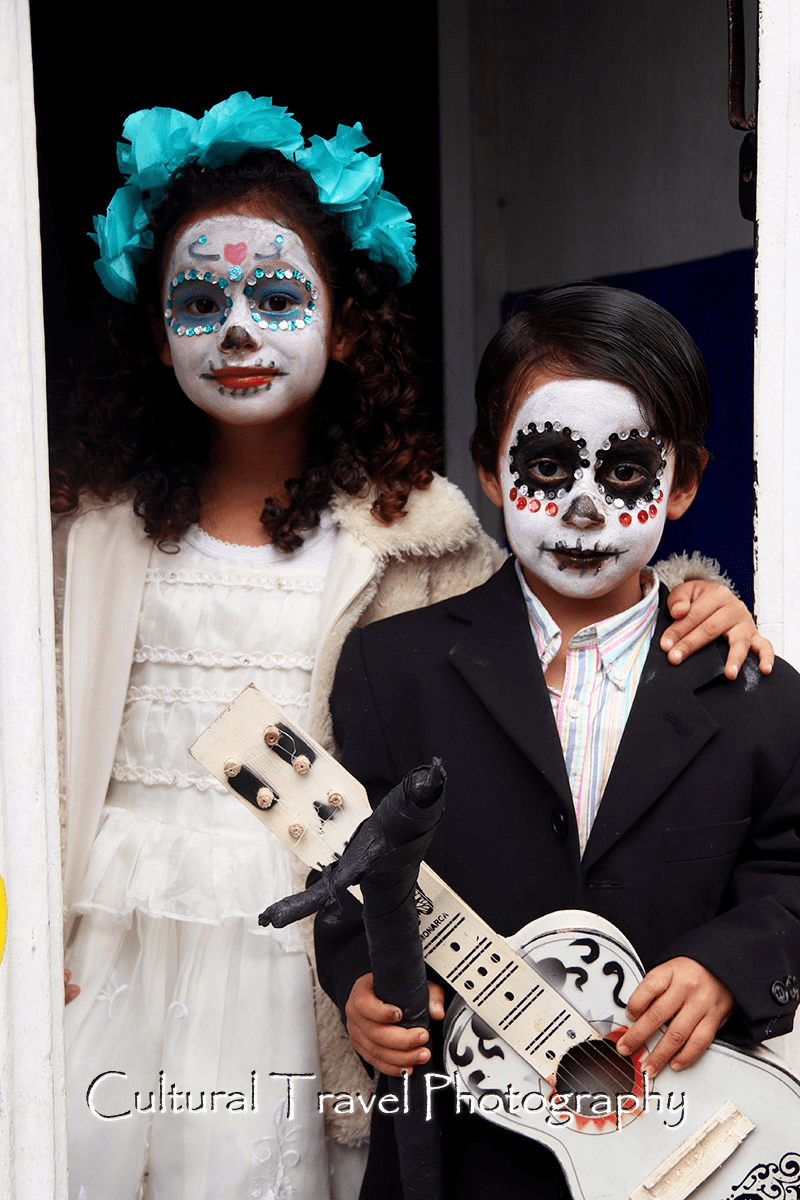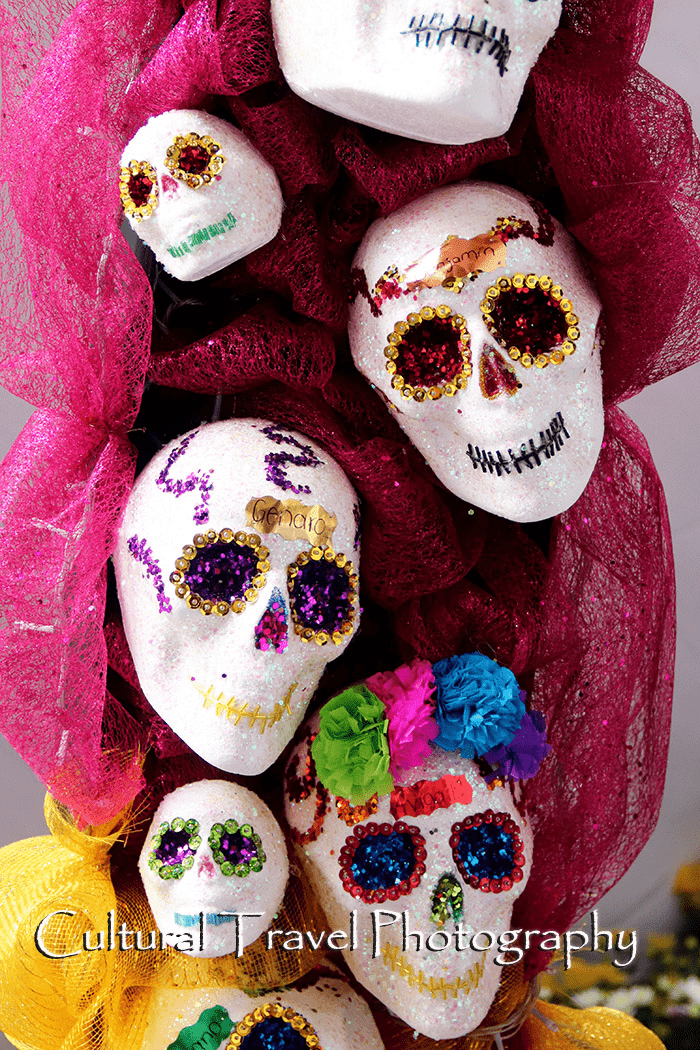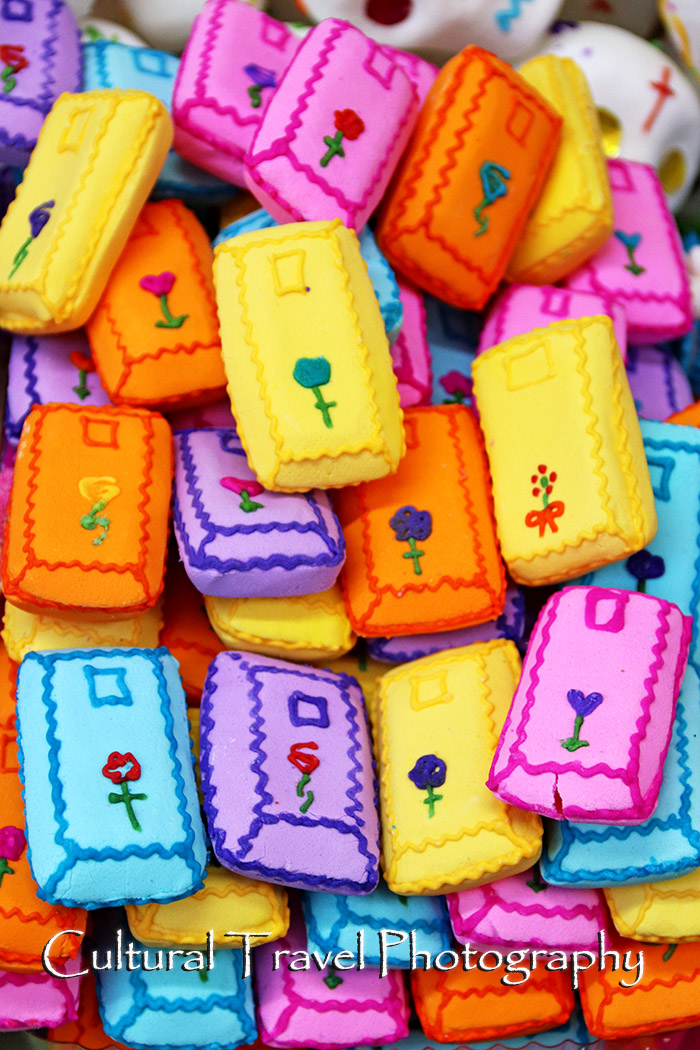Mexico's Day of the Dead
Celebrating Life Through Death: Mexico’s Day of the Dead Tradition
Every autumn, a vibrant and deeply spiritual celebration unfolds across Mexico. Known as Día de los Muertos or the Day of the Dead, this unique tradition honors deceased loved ones with a blend of joy, reverence, and artistic expression. Unlike somber mourning, the Day of the Dead is a colorful affirmation of life and a testament to the enduring bond between the living and the dead.
A Celebration Rooted in History
The origins of the Day of the Dead trace back thousands of years to pre-Hispanic civilizations like the Aztecs, Mayans, and Toltecs. These ancient cultures believed death was not the end but a transition to another stage of existence. Over time, these beliefs merged with Catholic traditions introduced during Spanish colonization, creating the unique celebration we know today.
The Day of the Dead is observed from October 31 to November 2, coinciding with the Catholic holidays of All Saints’ Day and All Souls’ Day. Each day has its significance:
- October 31 (All Hallows’ Eve): The gates of heaven open, allowing the spirits of deceased children, known as “angelitos,” to visit.
- November 1 (All Saints’ Day): Honors the spirits of adults.
November 2 (All Souls’ Day): The grand finale where families gather to celebrate all departed souls.
Creating Altars of Love: Ofrendas
At the heart of the Day of the Dead are ofrendas (altars), lovingly created to welcome the spirits back to the world of the living. Each altar is adorned with symbolic elements:
- Photographs and mementos: To honor and remember the deceased.
- Cempasúchil (marigold flowers): Known as the “flower of the dead,” their vibrant orange petals and fragrance guide spirits back home.
- Calaveras (sugar skulls): Decorated skulls that symbolize the cycle of life and death.
- Pan de muerto (bread of the dead): A sweet, anise-flavored bread often shaped like bones, offered as nourishment for the souls.
- Candles: Represent the light guiding spirits to their altar.
- Favorite foods and drinks: To delight the spirits with their earthly favorites.
A Time for Family and Community
The Day of the Dead is as much about the living as it is about the dead. Families gather to clean and decorate gravesites with marigolds, candles, and personal offerings. In cemeteries, the atmosphere is often festive, with music, food, and storytelling creating a communal space to remember and celebrate loved ones.
Artistic Expressions: Face Paint and Decor
The calavera (skull) motif is a striking feature of the celebration, popularized by the iconic image of La Catrina, a skeleton figure in elegant attire created by Mexican artist José Guadalupe Posada. People paint their faces as calaveras, blending intricate designs with bright colors to symbolize the beauty and inevitability of death.
Homes, streets, and public spaces are decorated with papel picado (colorful paper banners), marigold garlands, and elaborately crafted altars. Markets buzz with vendors selling sugar skulls, skeleton figurines, and traditional foods.
A Modern-Day Celebration
While the Day of the Dead remains deeply rooted in tradition, its observance has evolved. Cities like Oaxaca, Pátzcuaro, and Mexico City host grand parades and festivals, attracting visitors from around the world. International interest has grown, especially after the celebration was featured in films like Disney’s Coco.
Despite its popularity, the essence of the Day of the Dead remains intact: a celebration of life, death, and the unbreakable connection between generations.
A Universal Message
The Day of the Dead offers a profound lesson: death is not an end but a continuation of the journey. By embracing death as part of life, we find a unique way to honor those who came before us while celebrating the present.
So, the next time you see marigolds, sugar skulls, or the flicker of a candle, let it remind you of the love, laughter, and stories that transcend the boundaries of life and death. Through the Day of the Dead, Mexico invites the world to celebrate the beauty of remembering.



